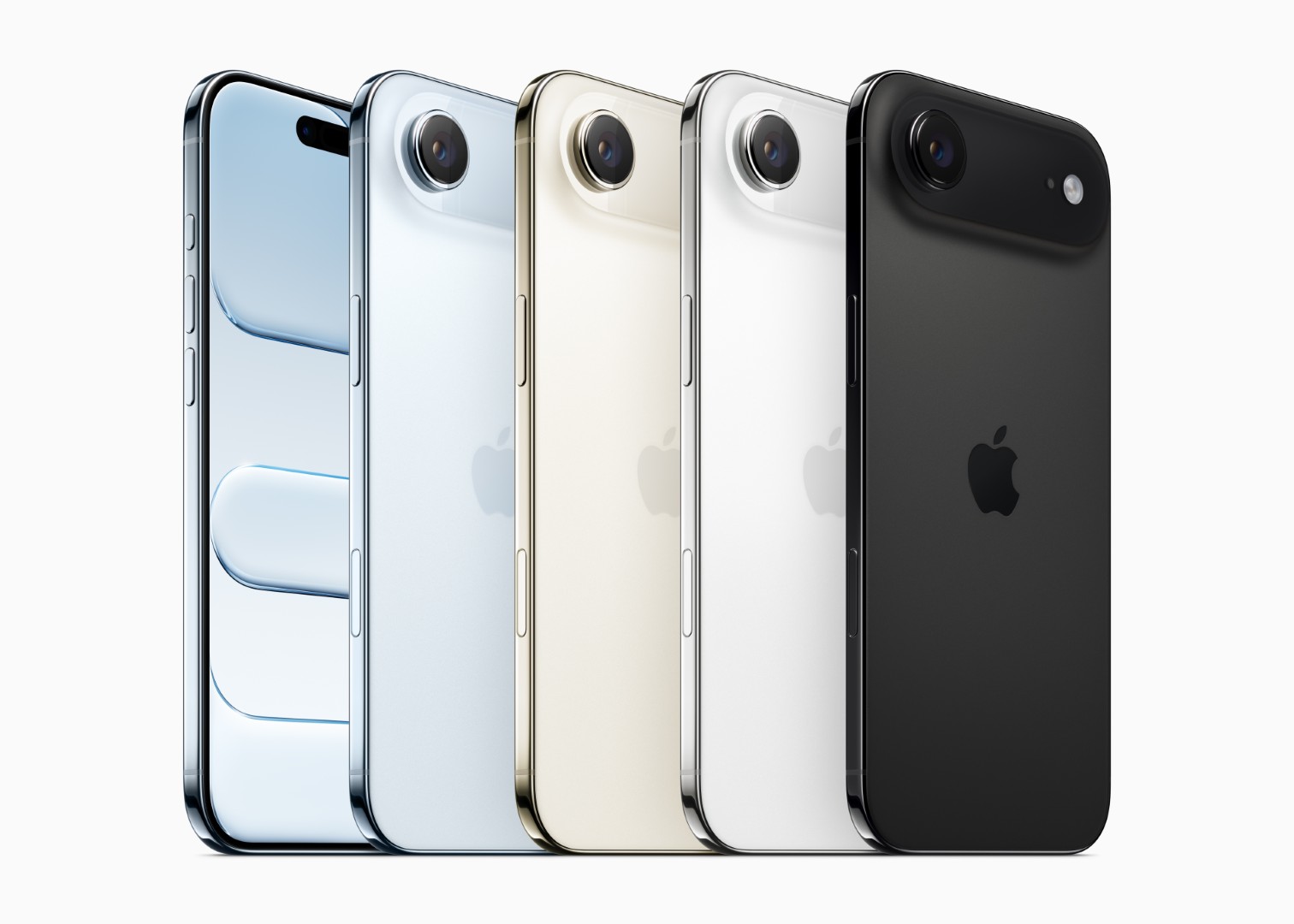Apple has finally done it: after 11 years, it has beaten its own thinness record set by 2014’s iPhone 6. The new iPhone Air measures an astonishing 5.6 mm thick, officially making it the thinnest iPhone ever. For context, the iPhone 6 was 6.9 mm thick and held the “slimmest iPhone” title since 2014. Apple’s renewed focus on an ultra-thin design comes after a decade of prioritizing other features and with a sleek new chassis and innovative materials, the iPhone Air represents a return to ultra-slim form but also raises the question of what compromises were made to achieve it.
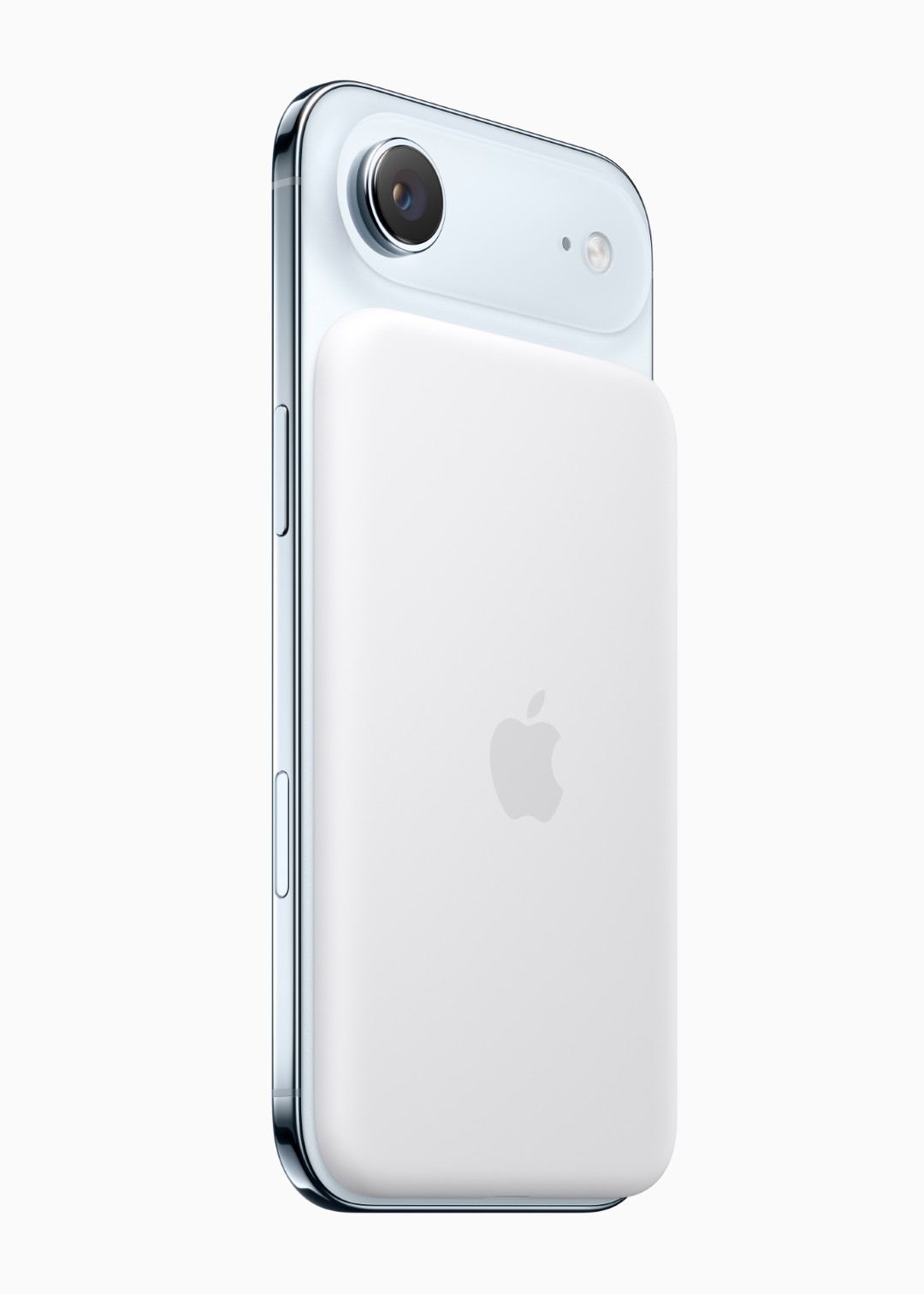
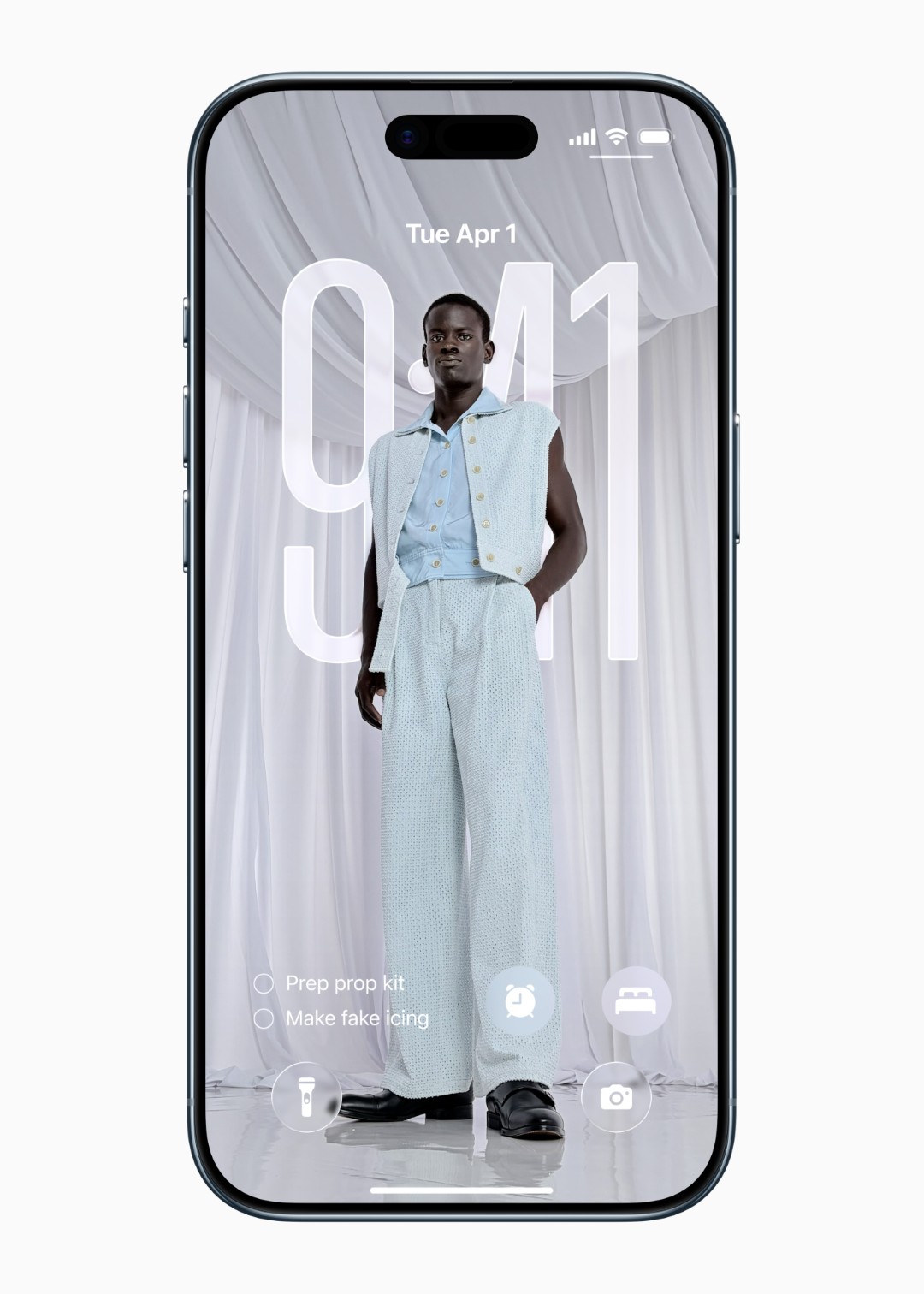
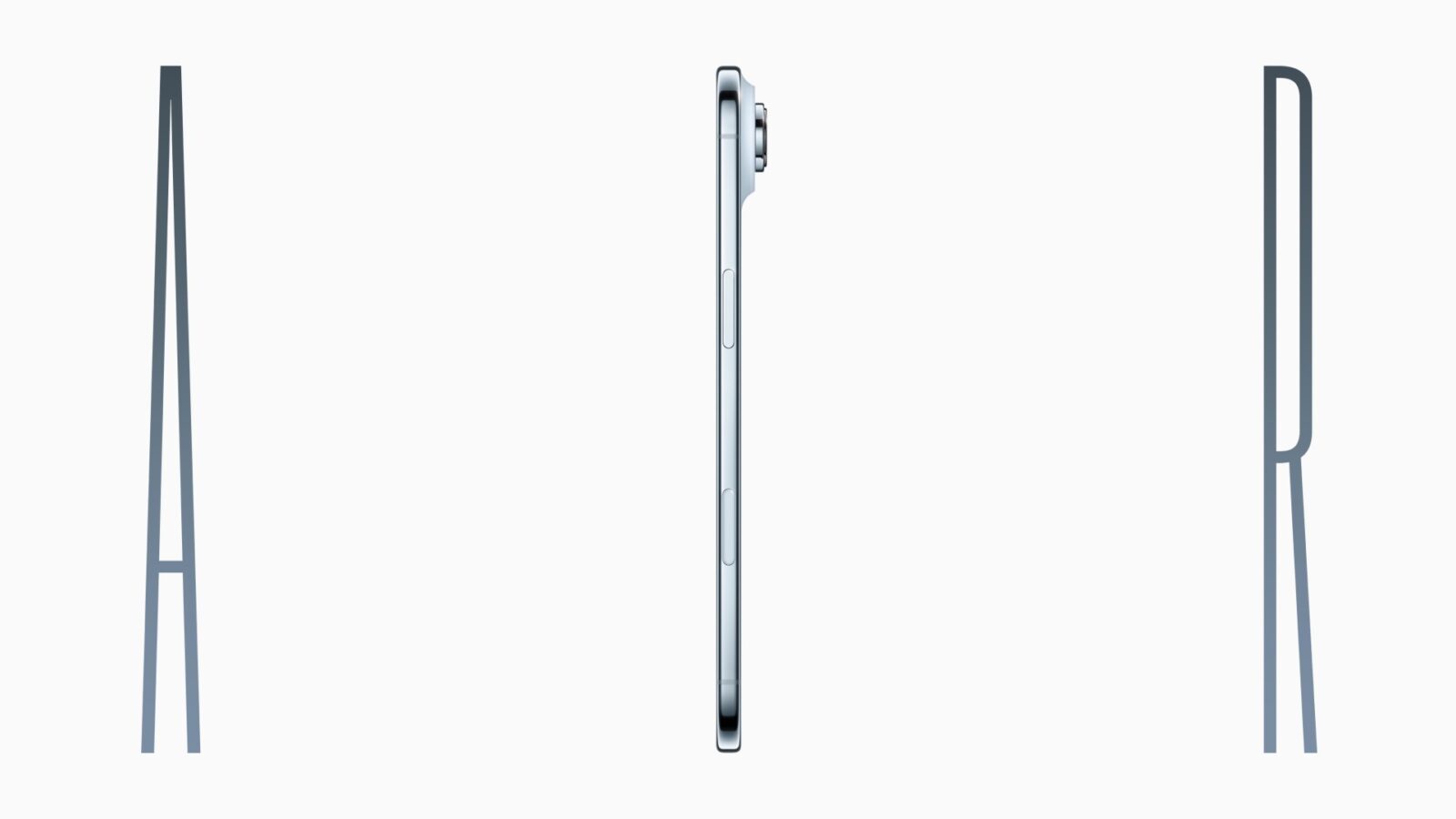
A Return to Ultra‑Thin, 11 Years After the iPhone 6
Back in 2014, Apple’s iPhone 6 wowed with its slender profile, but that extreme thinness came with drawbacks. The iPhone 6 (and especially the larger 6 Plus) infamously suffered from “Bendgate,” where some users found the aluminum phone could warp or bend from pressure in a pocket. At just 6.9 mm, it was Apple’s thinnest phone for years, yet its delicate build demonstrated the risks of chasing thinness too far. Apple responded by strengthening later models (the iPhone 6s used sturdier 7000-series aluminum) and, notably, shifted its design priorities, making iPhones slightly thicker to improve durability and battery life in subsequent generations.
Now, over a decade later, the iPhone Air breaks that self-imposed thinness hiatus. It’s 28% slimmer than even last year’s iPhones (the iPhone 16 series was ~7.8 mm). In fact, at 5.6 mm, the Air is thinner than any current Android flagship, out-slimming even Samsung’s 5.8 mm Galaxy S25 Edge. (Only a few niche phones from the mid-2010s were ever thinner, e.g., Vivo’s X5Max at 4.8 mm in 2014, but those were extreme cases.) Apple’s slimmest iPhone yet reclaims the crown of thinness in the mainstream market, achieving a feat many thought Apple had abandoned. The significance isn’t lost on longtime fans: it heralds a design-first philosophy reminiscent of the iPhone 6 era, but hopefully without repeating the mistakes of that era.
Build & Materials: Titanium Frame with a “Plateau” Camera Bump
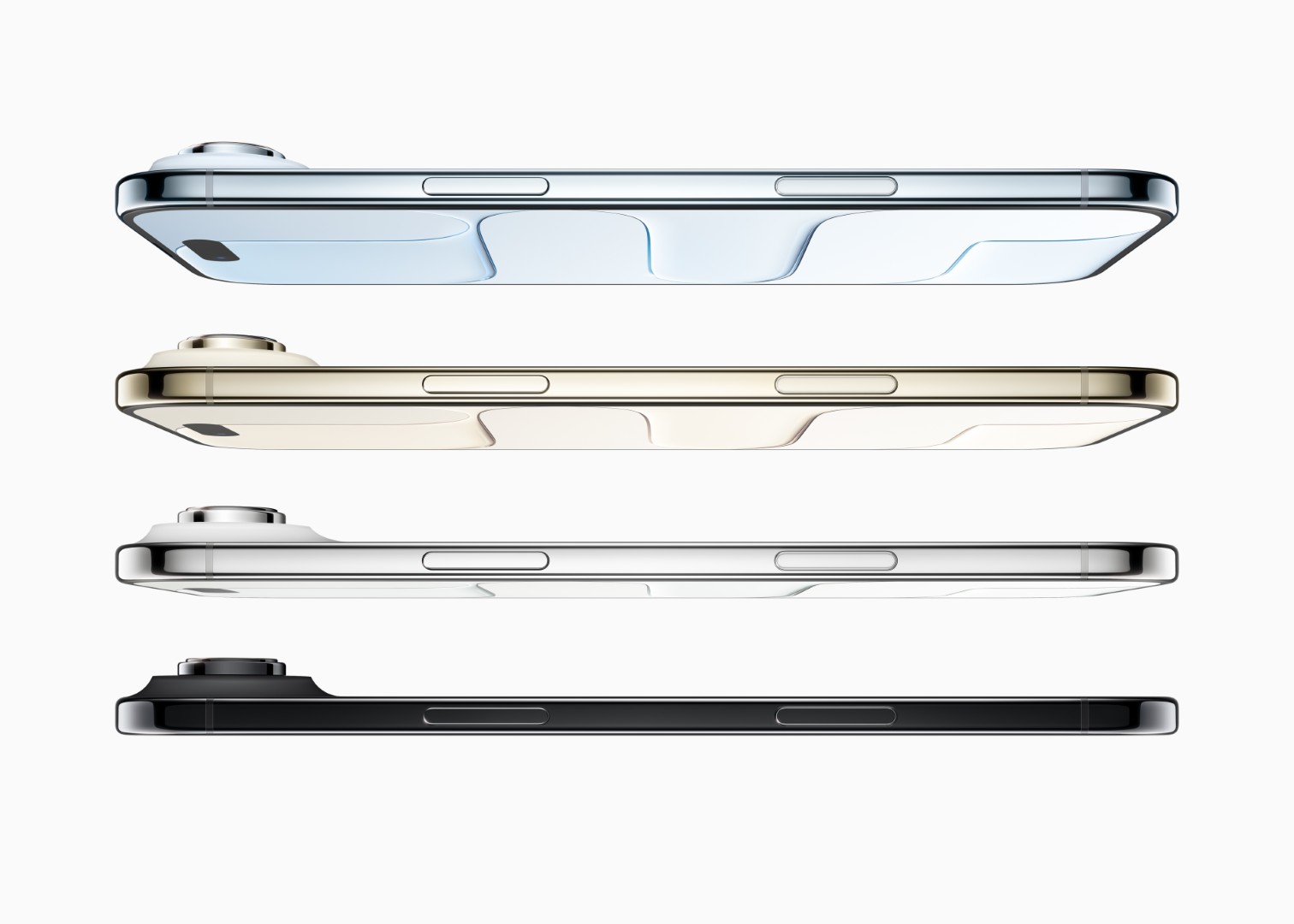
Achieving a device this thin required major engineering innovations and premium materials. Apple chose a Grade-5 titanium alloy frame for the iPhone Air, giving it far greater strength at a lower weight than the aluminum shells of past iPhones. As a result, the phone feels “impossibly light” at just 165 grams, remarkably lightweight for a handset with a large 6.5-inch display. The titanium construction, paired with Apple’s new Ceramic Shield 2 glass on both front and back, means the slim device is still robust and resistant to flexing or cracks. This addresses the iPhone 6’s structural issues directly. Despite being significantly thinner, the Air’s chassis is stronger than that of any previous iPhone, thanks to its high-tensile titanium and reinforced glass design.
One of the most striking design elements is the iPhone Air’s new “plateau” rear design. Instead of a small camera bump, Apple raised a broad, flat section on the upper back of the phone to house the camera lens, flash, speaker, and even some internal silicon (circuitry). This plateau-shaped camera housing serves multiple purposes: it provides the necessary thickness to fit the camera module and other components in that area, and it frees up space in the rest of the chassis for a larger battery by preventing those components from encroaching on the battery’s volume. In essence, the iPhone Air has a two-level profile, a thin base and a slightly thicker top plateau, and this clever approach allows the camera to sit in a raised zone so that the camera lens doesn’t protrude excessively (reducing the wobble when laying the phone flat), while most of the device remains extraordinarily slim. Apple’s own documentation highlights that this new plateau design was key to achieving the record thinness without sacrificing battery capacity.
Every aspect of the build was rethought for thinness. Even the USB-C port (yes, the Air uses USB-C like the rest of the iPhone 17 series) was redesigned: Apple used 3D-printed titanium components for the port to make it shallower and save precious millimeters. The switch to an eSIM-only design (no physical SIM tray) also helped conserve internal space, a strategy Apple first tried in some regions with previous models but now fully embraces in this design-centric model. Despite its extreme slimness, the iPhone Air still retains familiar elements, such as the new solid-state Action Button (replacing the mute switch) and tactile volume buttons on the sides, demonstrating Apple’s commitment to usability.






Balancing Thinness with Trade‑Offs
Making a 5.6 mm phone inevitably required some compromises in features and hardware. Apple has positioned the iPhone Air as a design-first device just below the Pro series, and to maintain its svelte figure, certain sacrifices were made compared to its siblings. Key trade-offs include:
- Single rear camera: The iPhone Air carries only one 48 MP rear camera, lacking the ultra-wide lens that even the regular iPhone 17 includes. This means you won’t get the familiar 0.5× ultra-wide-angle shots. Apple instead touts the 48 MP sensor’s ability to crop in for a 2× zoom and even simulate other focal lengths. Still, it’s notably a step back in camera versatility from dual- or triple-lens setups. This design decision likely helped keep the phone thin by freeing up space that multiple lens modules would occupy.
- Reduced audio output: To fit within an ultra-thin frame, the iPhone Air uses only a single speaker (down-firing) for media playback. Unlike other recent iPhones, it does not have a proper stereo speaker pair. While it still produces sound loud enough for casual use, the lack of a secondary/front speaker means the stereo effect and richness of audio are diminished. This is a noticeable trade-off if you frequently use your phone’s speakers for music or videos, a sacrifice made in the name of slimness.
- Slimmer battery & charging speeds: Although Apple optimized battery life impressively, the physical battery capacity is constrained by the thin chassis. The Air’s battery is approximately 3,149 mAh, smaller than that of the Pro models. Yet, Apple claims it still achieves “all-day” longevity (up to 27 hours of video playback) thanks to efficiency gains. However, the phone supports MagSafe and Qi2 wireless charging at slightly slower speeds, likely due to thermal constraints in the slim body. Fast wired charging is also limited by the USB-C port being USB 2.0-only (no super-fast data or charging as on the Pro), again possibly an engineering trade-off to keep components thin.
- Tuned-down chip performance: Interestingly, the iPhone Air features the latest A19 Pro chip, like the Pro models, but reports indicate it’s a binned variant with one less GPU core enabled (5 cores instead of 6). This slight downgrade in graphics performance is minor in daily use, but it helps reduce heat and power draw, necessary for a thin device with less thermal mass. In practice, the Air still delivers flagship-level speed, but heavy 3D gaming or professional workloads may run slightly slower than on an iPhone 17 Pro.
All these compromises reflect a deliberate balancing act. Apple clearly focused on design elegance and portability with the Air, even if it meant sacrificing some features. It’s worth noting that none of these trade-offs make the iPhone Air a weak device, as it still has a top-tier processor, a competent camera, and decent battery life. But compared to the fully equipped iPhone 17 Pro (which offers triple camera, including telephoto, dual speakers, and the highest specs), the Air is a more specialized, design-centric model. Apple set its priorities on thinness and style, and trimmed away features that conflict with that goal.
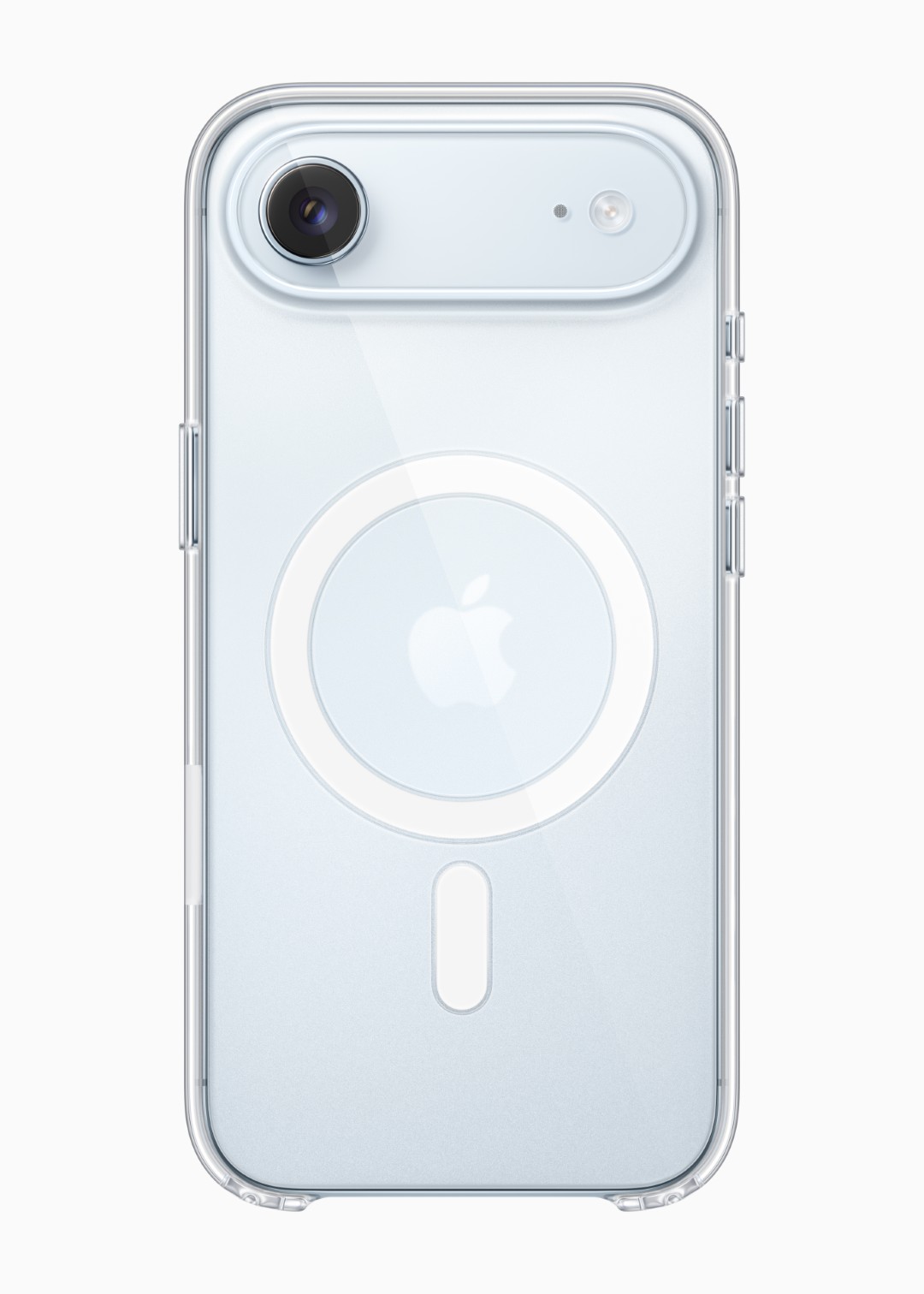
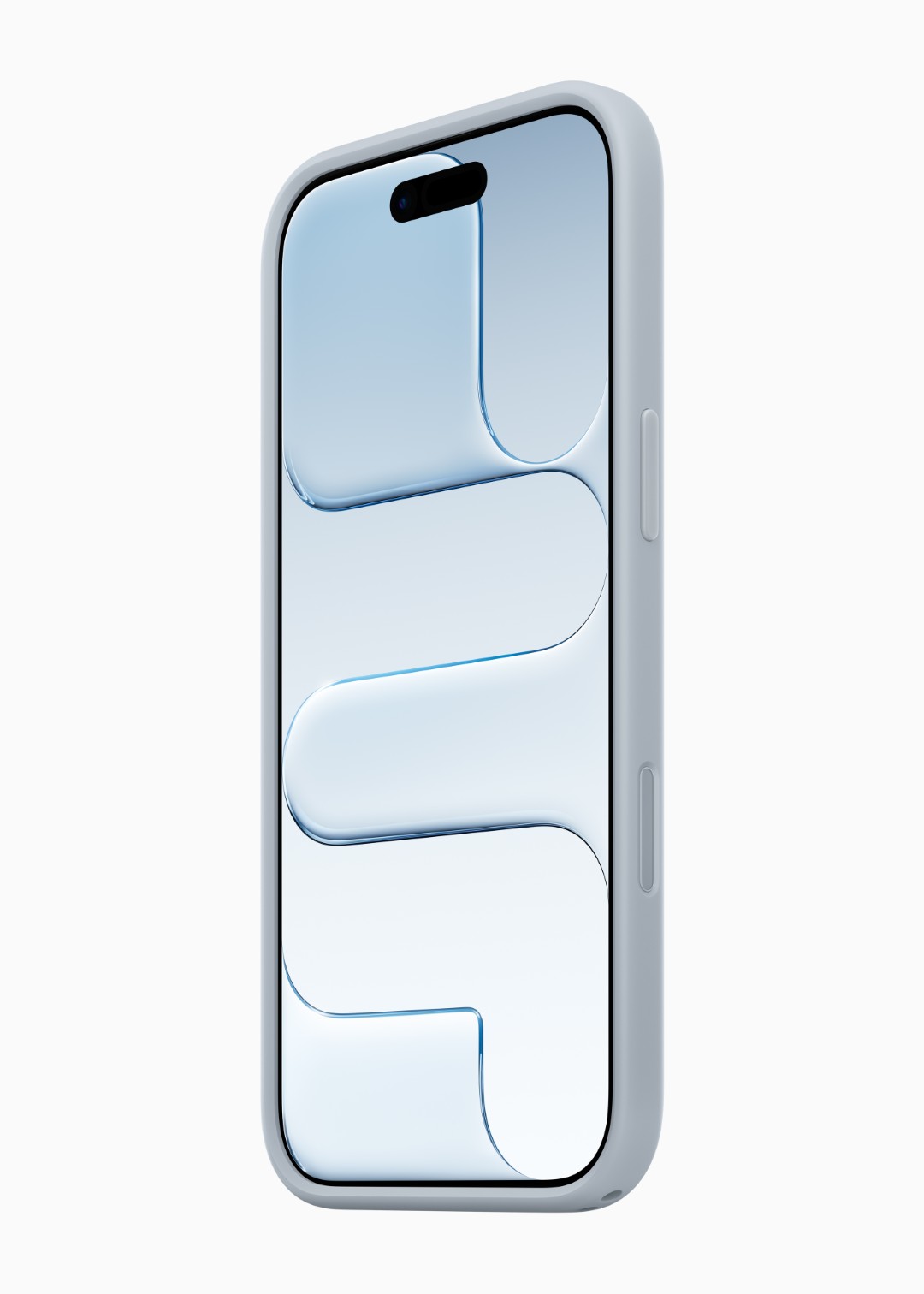
Sleek Statement, Niche Appeal?
The iPhone Air is undeniably a statement piece, Apple’s chic re-entry into ultra-thin phone design. In hand, it feels more like a piece of modern art or a high-end fashion accessory, with its razor-thin edges and glossy titanium finish, than the bulkier flagships we’ve grown used to. It’s a triumph of engineering that Apple managed to make a phone this slim without the device feeling flimsy. For those who value a slim, light phone that slips effortlessly into a pocket or clutch, the Air will be incredibly appealing. It revives the aesthetic ethos of the iPhone 6 era (when thinness was king) but executes it with far better materials and lessons learned in durability.
That said, Apple is intentionally aiming the iPhone Air at a style-conscious segment of users. Priced starting around $999 (256 GB), roughly on par with a regular iPhone but just below a Pro, it sits in an interesting middle ground. Power users who demand the absolute best cameras and features might skip the Air for a Pro model that’s only slightly thicker. On the other hand, those enamored by the Air’s sleek profile and design-first philosophy will find it a unique offering in Apple’s lineup. After all, no other current iPhone (or main competitor) can match its blend of thinness, light weight, and premium build.






